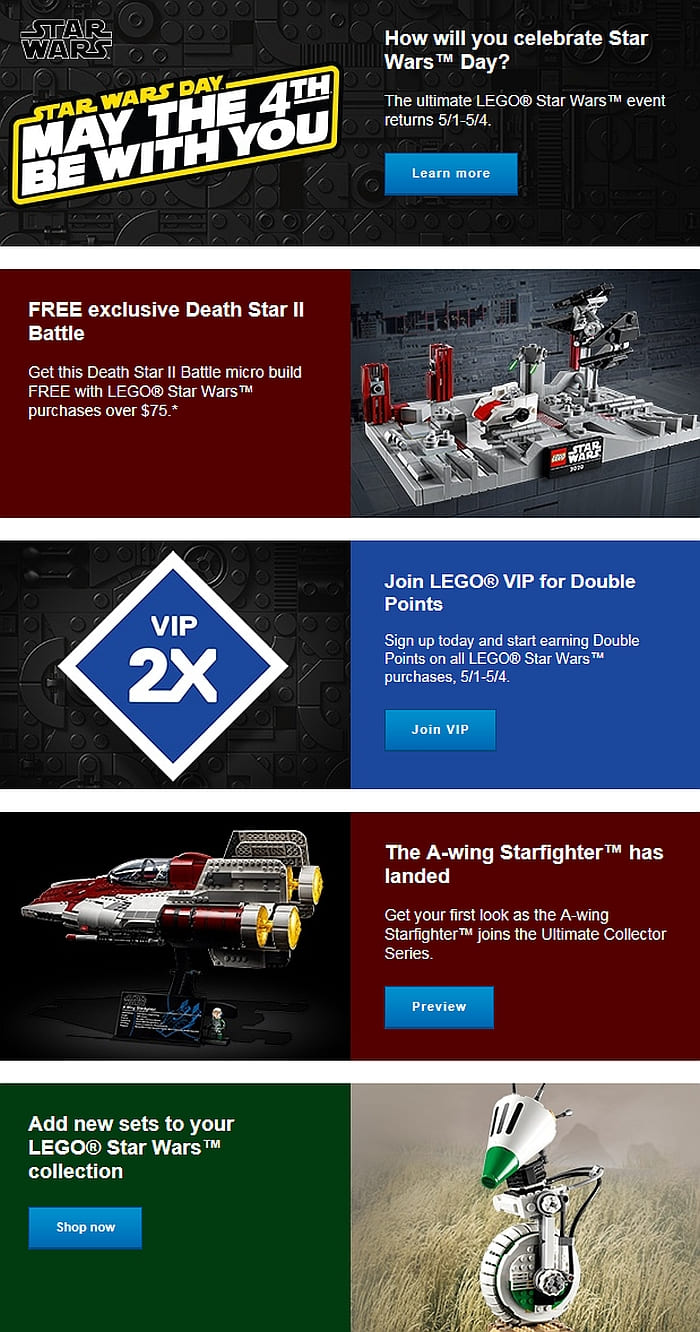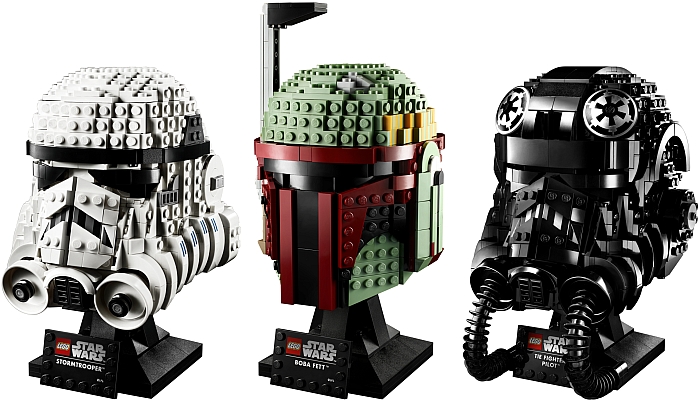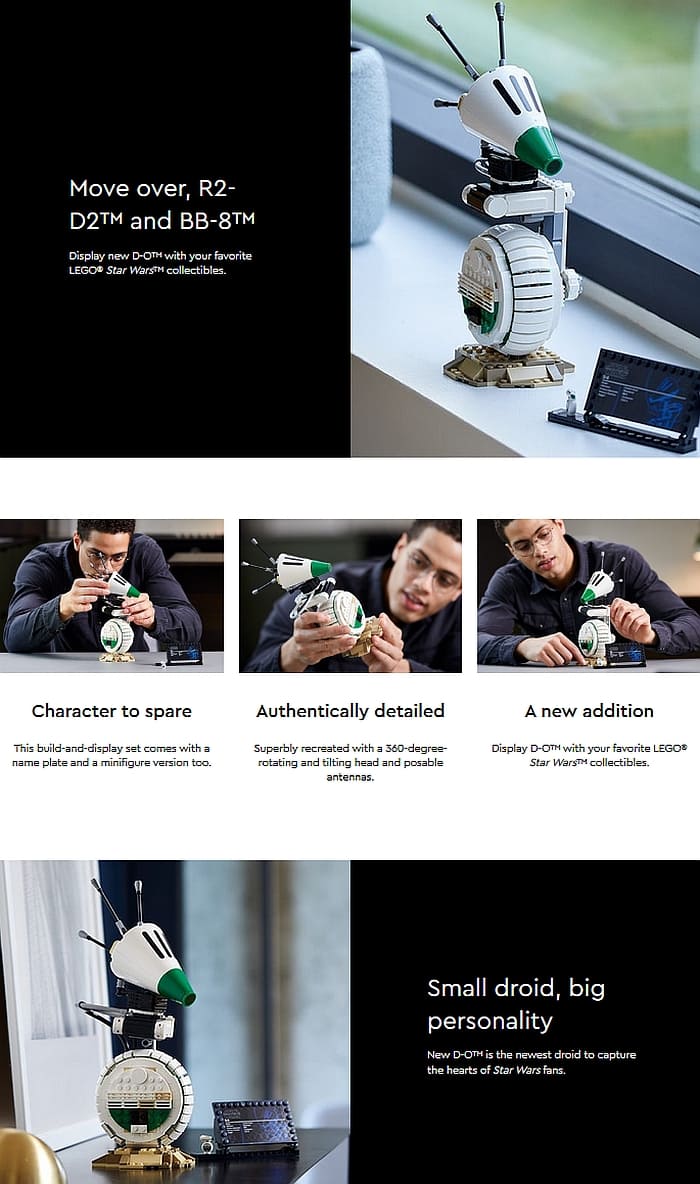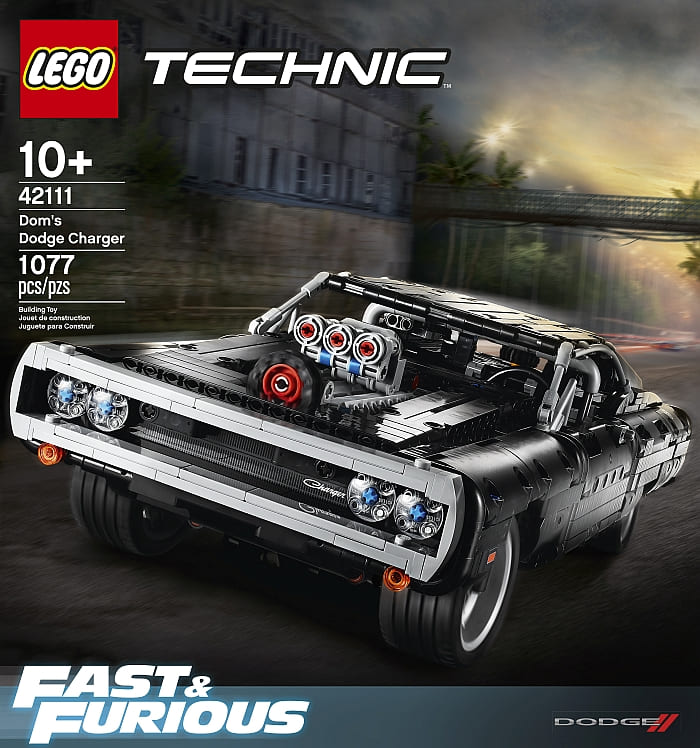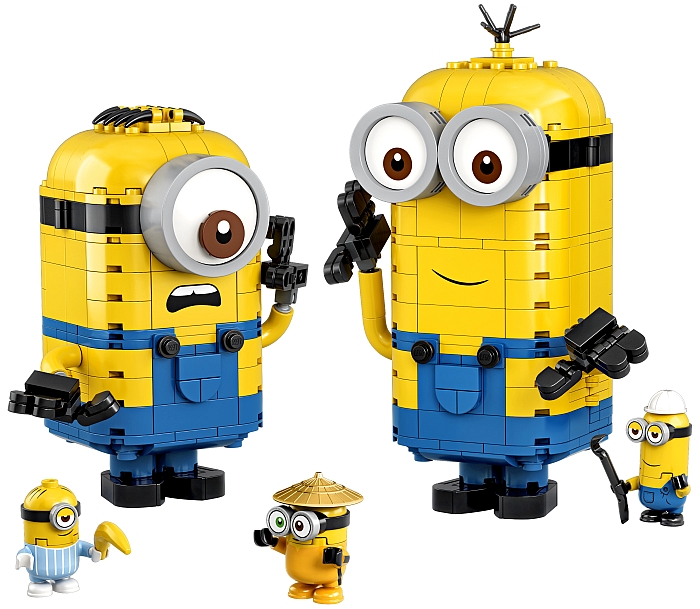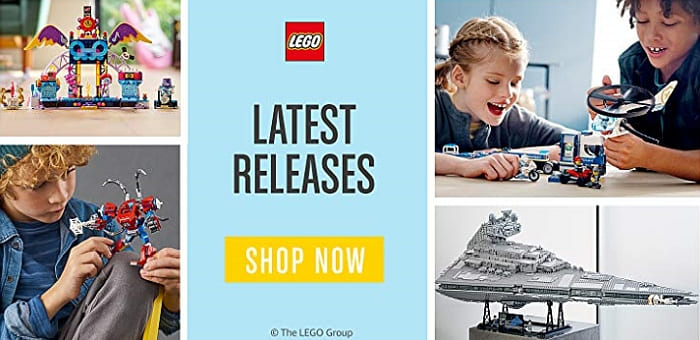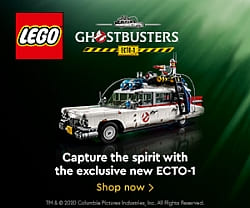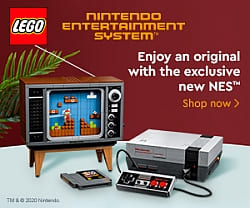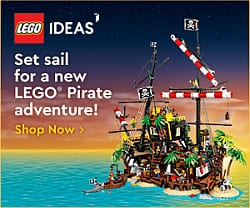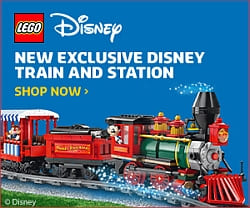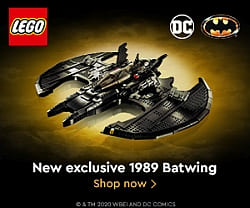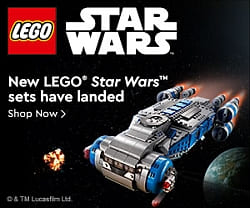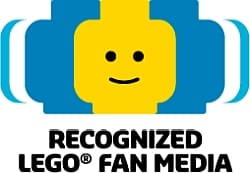An interesting piece of information that was revealed a few days ago is that the LEGO Group and Universal Music Group are joining together to “expand children’s creative play through the power of music”. This exclusive global partnership will “encourage the world to be more playful with an innovative music initiative, combining passion for music with the iconic LEGO System in Play”. What this means exactly is not clear yet, but below is the press release with whatever information is available at this point.
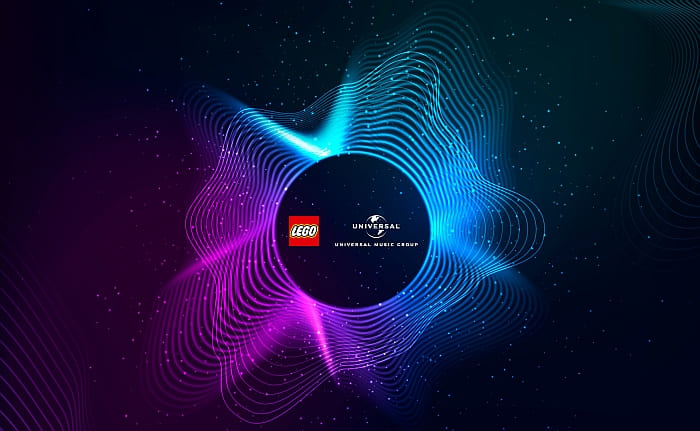
Billund, April 27, 2020 – The LEGO Group today announced an exclusive global partnership with Universal Music Group (UMG), the world’s leading music-based entertainment company, that will enable children around the world to explore their creativity through play, by expressing themselves through music.
The partnership is based around the development of a new suite of LEGO products launching in 2021, created to encourage and inspire the next generation of musicians, creatives and fans. This positive and playful initiative aims to reinforce child development and harness the mental and creative benefits of music and LEGO play.
As the global industry leader, UMG shapes culture around the world through the power of music. UMG brings both local and global superstars, along with an unrivalled catalog of recorded music and publishing, covering all genres and languages, to the LEGO Group programs.
Equally, the LEGO Group, which has worked to inspire and develop children through play since 1932, adds to the partnership, solid experience in innovating and developing play for children and their families around the world, generation after generation.
Combining music and the LEGO System in Play, this collaboration will deliver exciting opportunities for children to connect and creatively express themselves, and their love of music. Harnessing immersive, interactive play and safe social experiences, the partnership aims to inspire and support creative development.
Olivier Robert-Murphy, Global Head of New Business, Universal Music Group comments: “Music plays an integral part in every child’s life from the moment they are born and throughout their development. Across the decades, children have continued to explore this passion via vinyl, radio, cassette, music videos, CD’s and streaming. Now through the partnership between the LEGO Group and UMG, we will provide a new interactive way of inspiring the next generation of fans and creative visionaries.”
Fans wanting to learn more about this upbeat initiative should stay tuned until later this year, when full details for this game-changing partnership will be revealed.
The upcoming LEGO Ideas Playable Piano and the recent LEGO Ideas Music to Our Ears! contest were both hints that LEGO is interested to expand into the musical arena. In fact, the LEGO Ideas contest is right now at the public voting stage, and these projects also have the potential of becoming official LEGO sets. If you would like to vote for your favorite, you can visit the LEGO Ideas contest page.
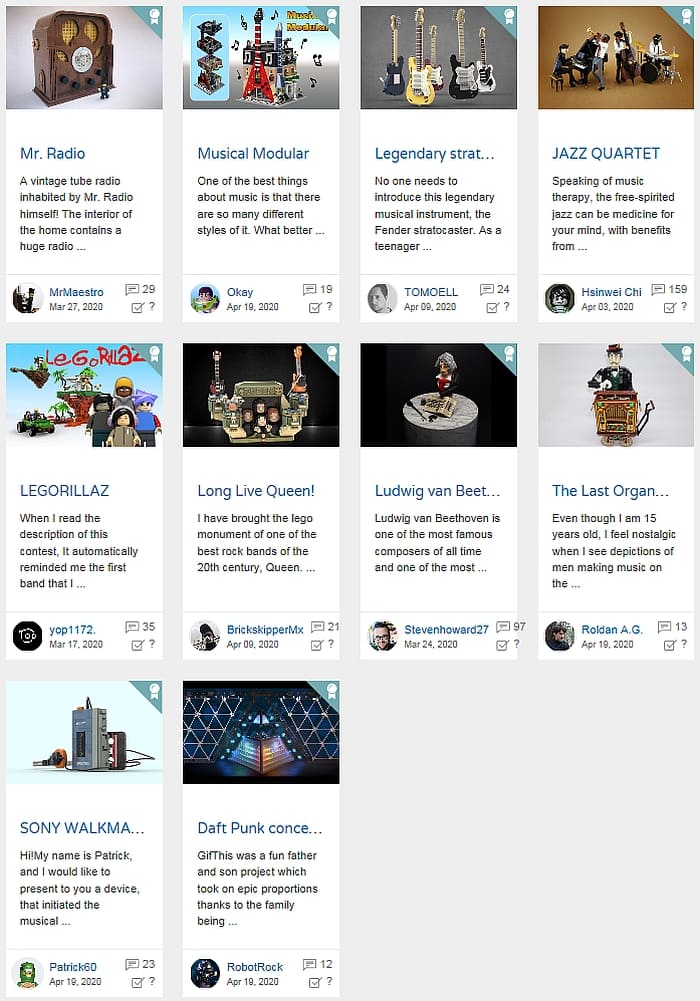
What do you think? What kind of sets and play-experiences would you like to see coming out of this partnership? Feel free to share your thoughts and discuss in the comment section below!
And you might also like to check out the following related posts:


